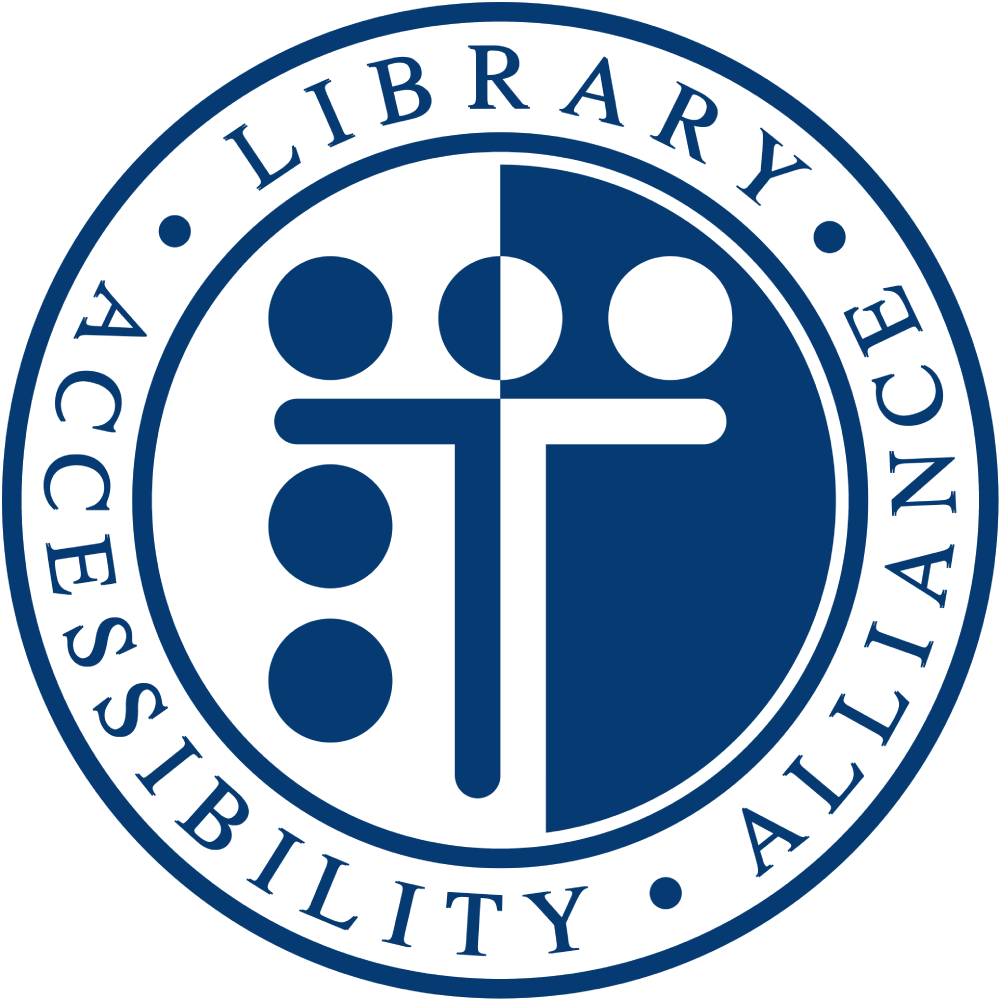Accessiblü conducted a high-level accessibility evaluation of the AnthroSource digital repository platform published by the American Anthropological Association to assess its usability for individuals with disabilities. The review was conducted using the JAWS and NVDA screen readers, keyboard-only navigation, and manual inspection for conformance to select WCAG 2.2 AA success criteria.
Key Findings
The AnthroSource platform presents significant accessibility challenges that may create substantial barriers for users with disabilities. During our testing, we encountered numerous critical issues that prevented our users from effectively navigating the site, searching for academic articles, and accessing resources. These issues could severely impact the ability of screen reader users and keyboard-only users to use the platform effectively.
The testing revealed issues such as missing and inadequate alternative text for images, inconsistent and improper heading structures, incomplete ARIA role implementations, keyboard accessibility problems including partial traps, and improperly structured navigation and form elements. These problems not only hinder platform usability but often render essential functionality completely inaccessible to people with disabilities.
Addressing these concerns would significantly improve the experience for persons with disabilities and users of assistive technology, allowing them to access the wealth of anthropological research and scholarship that AnthroSource provides to the academic community.
Top 3 Issues
Missing and Inadequate Alternative Text
- Brief Description: Images throughout the platform lack descriptive alternative text, particularly for journal covers, logos, and informational graphics. Multiple images are announced only as 'Link Graphic' or 'Cover Image Link Graphic' without providing any meaningful description of their content or purpose.
- Impact: Screen reader users cannot access visual information conveyed by images, severely limiting their ability to identify journals, understand visual content, and navigate the platform effectively. This creates fundamental barriers to accessing academic resources.
- WCAG Success Criteria: 1.1.1 Non-text Content (A)
Improper Heading Structure
- Brief Description:Pages lack H1 headings and present headings in illogical order, starting at H4, jumping to H2 and H3. The platform consistently fails to provide a proper document outline that screen reader users can navigate efficiently.
- Impact: If assistive technology and screen reader users cannot effectively navigate the site using the heading structure. The lack of proper hierarchy makes understanding content organization extremely difficult and forces users to tab through entire pages to find information.
- WCAG Success Criteria: 2.4.6 Headings and Labels (AA), 1.3.1 Info and Relationships (A)
Incomplete ARIA Implementation
- Brief Description:ARIA roles are used throughout the platform but lack proper state announcements, parent-child relationships, and associated labels. Navigation menus are read as static text without indicating their interactive nature or expanded/collapsed states. Tab panels are not properly associated with their corresponding tabs, and landmark regions lack unique labels.
- Impact: Screen reader users receive incomplete or incorrect information about the state and function of interactive elements, making the interface confusing and difficult to operate. Users cannot distinguish between different navigation regions or understand the relationship between tabs and their content panels.
- WCAG Success Criteria: 4.1.2 Name, Role, Value (A), 4.1.1 Parsing (A)
Disabilities Impacted
Blind and Low-Vision Users
- Issues: Missing alternative text for images, improper heading structures, unlabeled landmark regions, static text announced for interactive menus, improper ARIA role implementations, lack of unique landmark labels, improper list structures, and keyboard traps in advanced search functionality.
- Impact: Screen reader users are unable to understand page content through images, navigate effectively using heading structure, identify and use navigation menus, or interact with many of the platform's core functions including advanced search. The platform fails to communicate the purpose and state of interactive elements, creating confusion and preventing the completion of basic academic research tasks.
Users with Motor Disabilities
- Issues: Partial keyboard traps in advanced search tabs, positive tabindex values disrupting natural tab order, focus indicators appearing on wrong elements, and insufficient bypass blocks for efficient navigation.
- Impact: Keyboard-only users become trapped in certain UI components when using advanced search features, requiring them to use workarounds to escape. The disrupted tab order and inadequate focus indicators make navigation inefficient and confusing. The lack of comprehensive skip links forces users to tab through numerous elements to reach desired content.
Neurodiverse Users
- Issues: Inconsistent UI patterns with navigation elements appearing as static text, improper content sequence with instructions appearing after forms, single-item lists suggesting incomplete content, and confusing menu structures that don't announce their purpose.
- Impact: Users with cognitive disabilities struggle to develop a mental model of how the interface works due to inconsistent patterns and behavior. The illogical placement of search instructions after search fields and the lack of clear feedback about element states creates additional cognitive load, making the platform difficult or impossible to use effectively for academic research.
 Library Accessibility Alliance
Library Accessibility Alliance